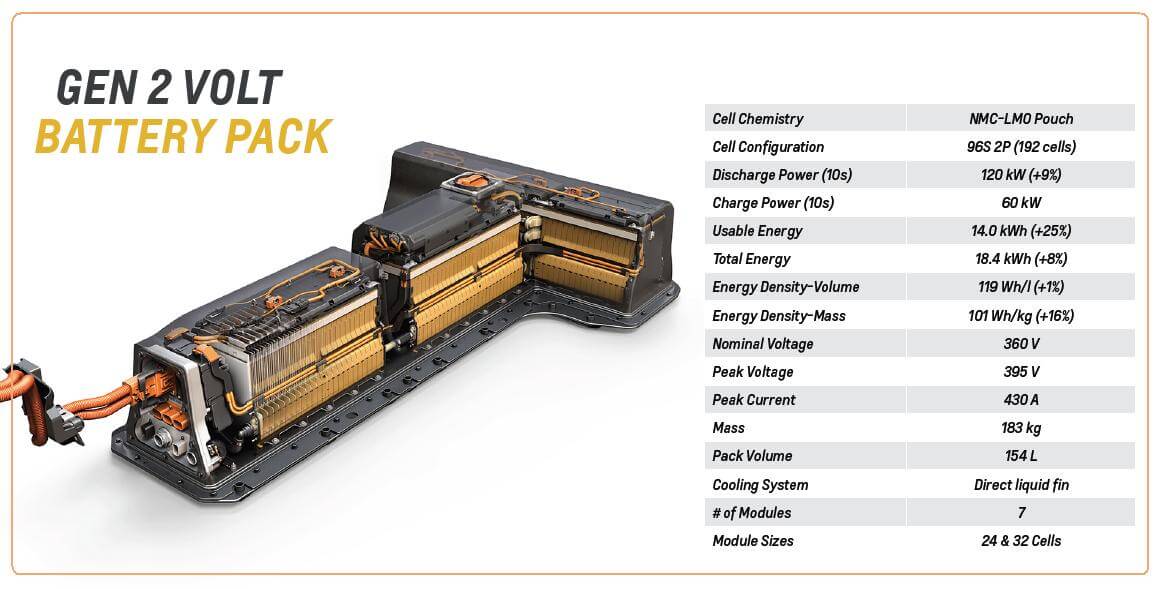


Modern batteries have higher capacities and lower internal resistances than early versions. Only the PP3, PP6, PP7 and PP9 sizes are still manufactured, with the PP3 being extremely common. The PP11 consists of two isolated 4.5-volt batteries with four terminals. The PP3 battery was added as an ANSI standard in 1959, currently known as ANSI-1604A. In the 1940s, 1950s, and 1960s, they were commonly marketed as transistor radio batteries, or TR for short (meant to emulate the function of the old B battery). The company says that it introduced the PP3 battery in 1956. Historically, the now popular PP3 battery size was a member of the power pack (PP) battery family that was originally manufactured by Ever Ready in the United Kingdom and Eveready in the United States. History PP (Power Pack) battery family from left to right: PP1, PP3, PP4, PP6, PP7, PP8, PP9, PP10, PP11 ĩ-volt batteries accounted for 4% of alkaline primary battery sales in the United States in 2007, and 2% of primary battery sales and 2% of secondary (rechargeable) battery sales in Switzerland in 2008. Primary lithium types are made with three cells in series. Carbon-zinc types are made with six flat cells in a stack, enclosed in a moisture-resistant wrapper to prevent drying. These cells are slightly smaller than LR8D425 AAAA cells and can be used in their place for some devices, even though they are 3.5 mm shorter. Most PP3-size alkaline batteries are constructed of six individual cylindrical 1.5 V LR61 cells enclosed in a wrapper. A few other 9-volt battery sizes are available: A10 and A29. A range of PP batteries was produced in the past, with voltages of 4.5, 6, and 9 volts and different capacities the larger 9-volt PP6, PP7, and PP9 are still available. The size, regardless of chemistry, is commonly designated PP3-a designation originally reserved solely for carbon-zinc, or in some countries, E or E-block. Designations for this format include NEDA 1604 and IEC 6F22 (for zinc-carbon) or MN1604 6LR61 (for alkaline). Mercury batteries of this format, once common, have been banned in many countries due to their toxicity. The nine-volt PP3-size battery is commonly available in primary zinc-carbon and alkaline chemistry, in primary lithium iron disulfide and lithium manganese dioxide (sometimes designated CRV9 ), and in rechargeable form in nickel-cadmium (Ni–Cd), nickel-metal hydride (Ni–MH) and lithium-ion. This type is commonly used for many applications including household uses such as smoke and gas detectors, clocks, and toys. The PP3 has a rectangular prism shape with rounded edges and two polarized snap connectors on the top. Batteries of various sizes and capacities are manufactured a very common size is known as PP3, introduced for early transistor radios. Actual voltage measures 7.2 to 9.6 volts, depending on battery chemistry. The nine-volt battery, or 9-volt battery, is an electric battery that supplies a nominal voltage of 9 volts. Vintage PP3-size 9- volt batteries Size comparison of batteries: D, C, AA, AAA, AAAA, PP3 (9-volt) For the WarioWare character, see Wario (series) § Major characters.


 0 kommentar(er)
0 kommentar(er)
